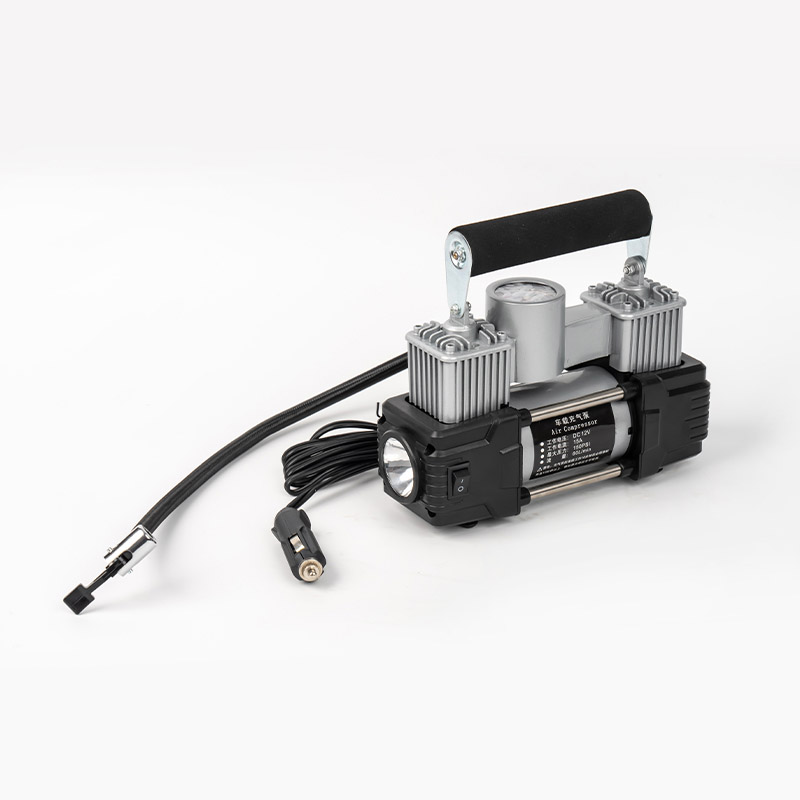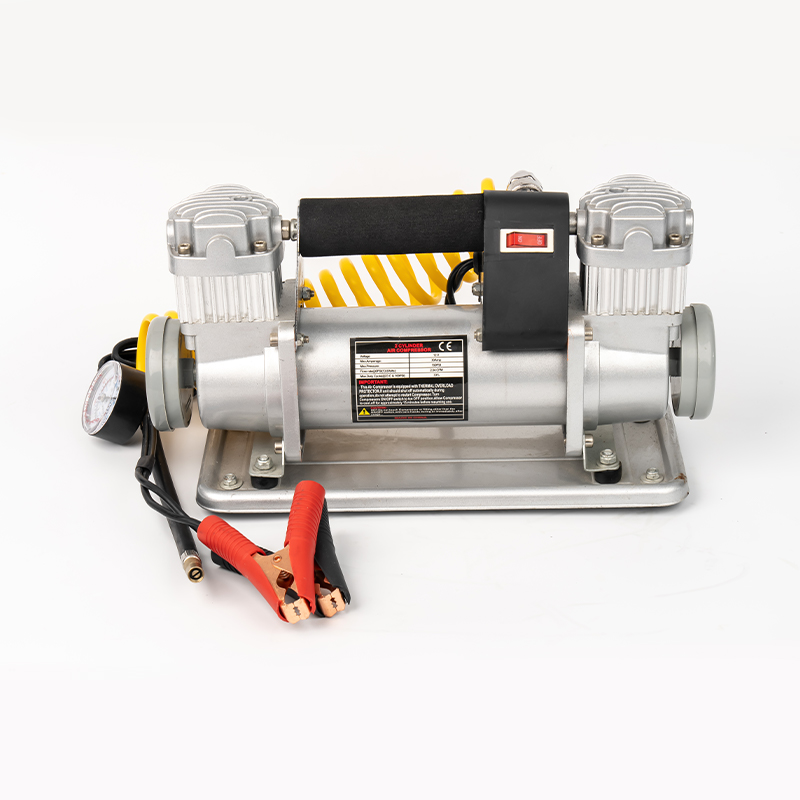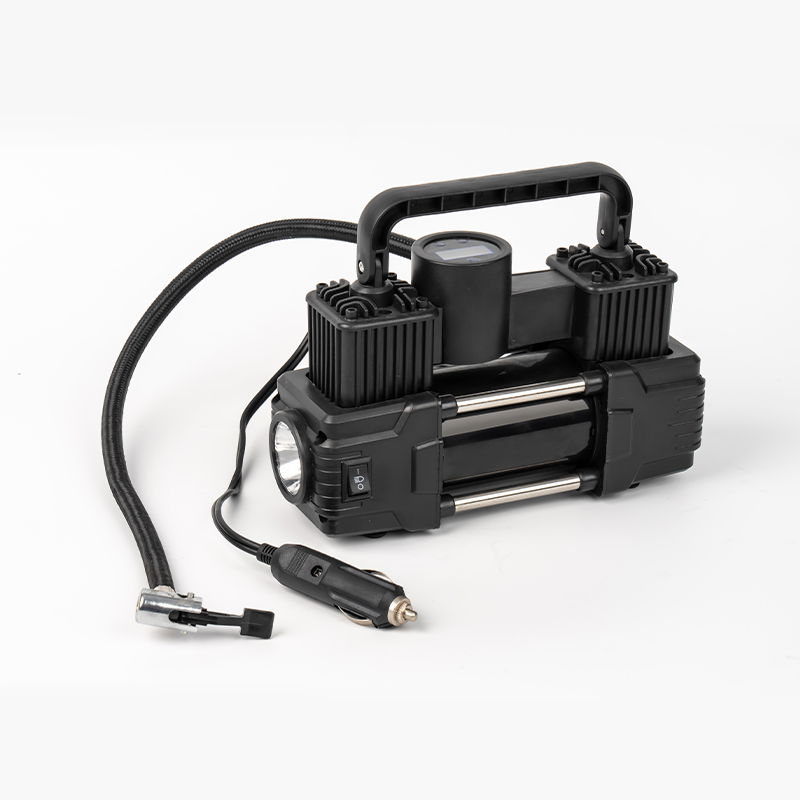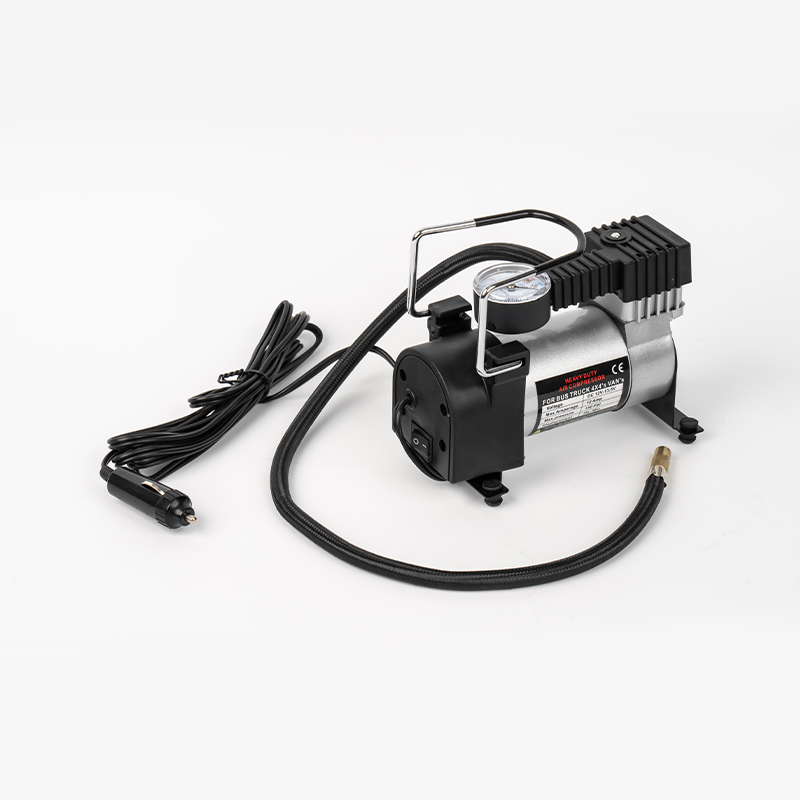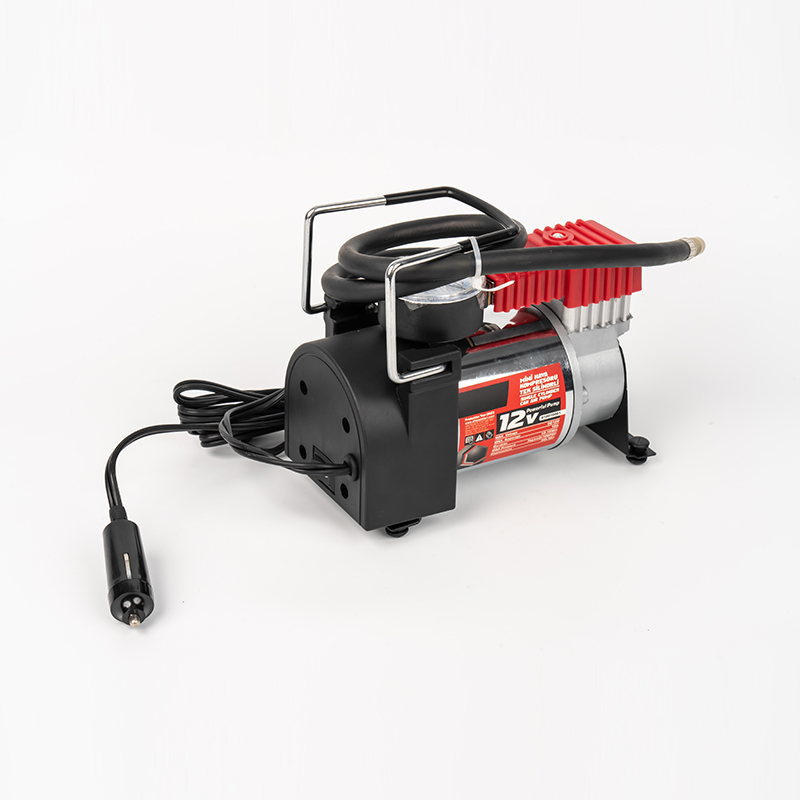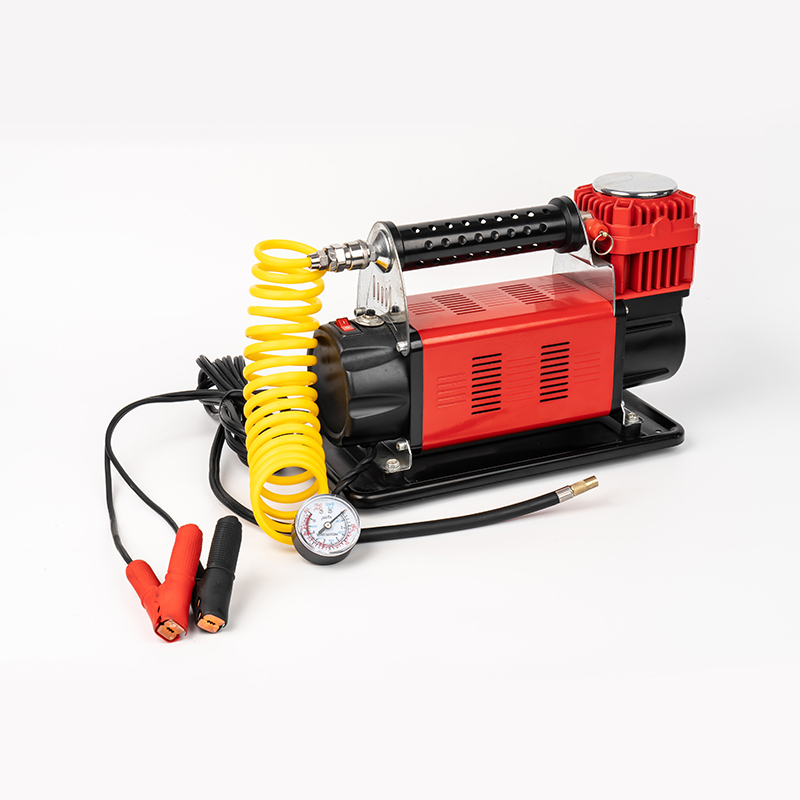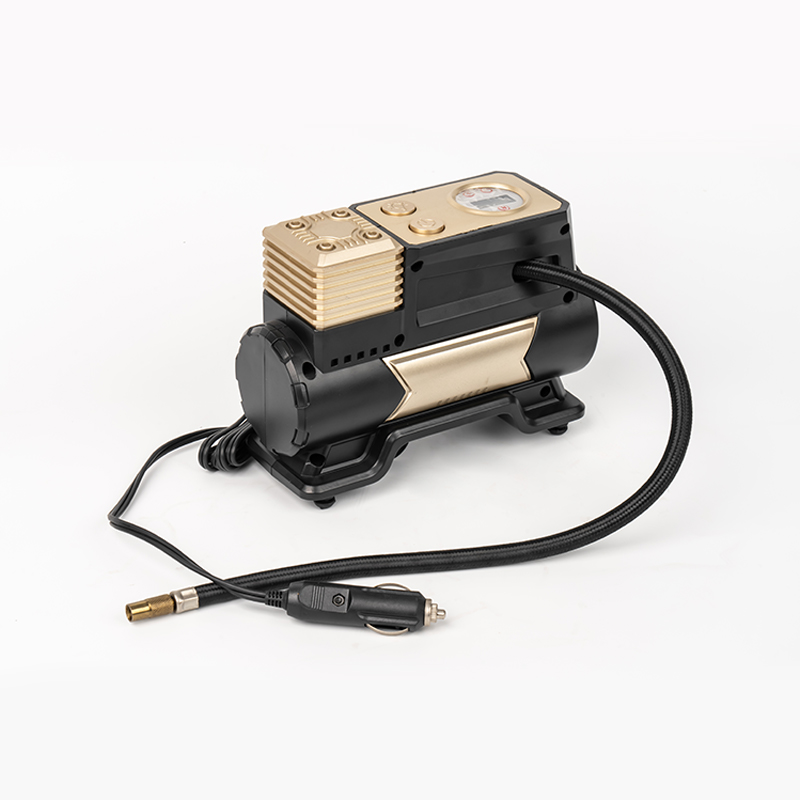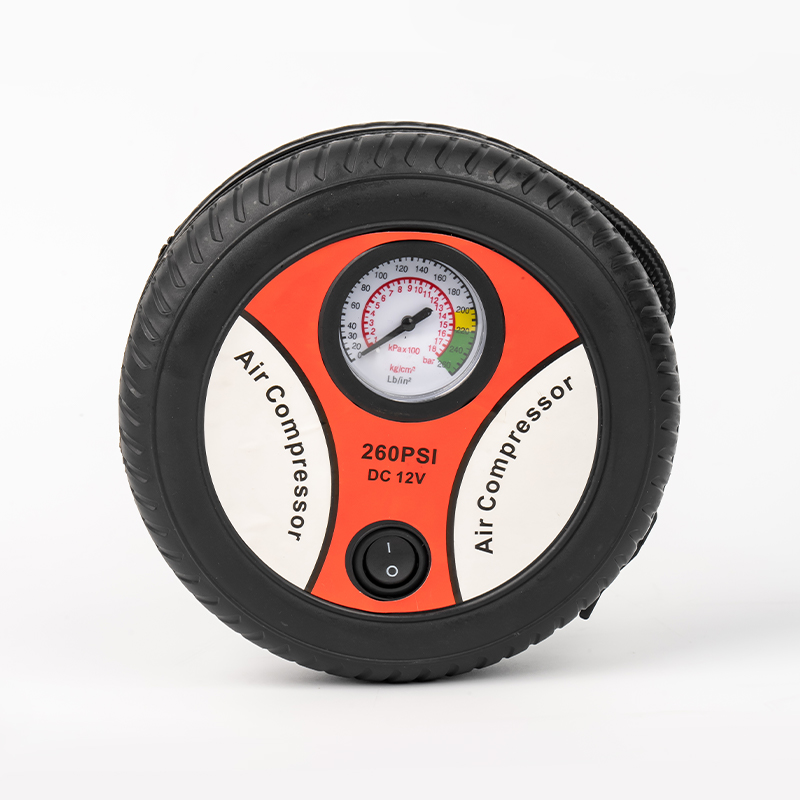Proper tire inflation is non-negotiable for vehicle safety, efficiency, and longevity. While gas station air pumps offer a traditional solution, the rise of portable tire inflators prompts a practical question: is this tool truly essential for every driver?
1. Safety: The Paramount Concern Underinflated tires are a significant safety hazard recognized by organizations like the National Highway Traffic Safety Administration (NHTSA). Consequences include:
- Reduced Handling & Stability: Underinflation compromises cornering stability and increases stopping distances, especially critical in wet weather or emergency maneuvers.
- Increased Blowout Risk: Excess flexing of underinflated sidewalls generates heat, accelerating tire wear and dramatically raising the risk of sudden tire failure.
- Hydroplaning Vulnerability: Improper inflation reduces the tire's ability to channel water away, elevating the danger of hydroplaning.
A portable inflator empowers owners to maintain correct pressure effortlessly and immediately upon noticing a drop, mitigating these risks before driving.
2. Convenience: Beyond the Gas Station Hassle Relying solely on service station air pumps presents distinct drawbacks:
- Availability & Functionality: Finding a functional, accessible pump, often requiring payment, can be time-consuming and frustrating.
- Weather & Time Constraints: Inclement weather or late-night needs make gas station visits impractical or unpleasant.
- Immediate Response: Discovering low pressure in your driveway, garage, or parking spot becomes a quick fix rather than a potential drive on a compromised tire.
A compact inflator stored in the trunk provides instant, on-demand inflation anytime, anywhere.
3. Vehicle Performance and Cost Savings Maintaining exact manufacturer-recommended pressure (found on the driver's door jamb sticker, not the tire sidewall) yields tangible benefits:
- Optimized Fuel Efficiency: The U.S. Department of Energy states that underinflated tires can reduce gas mileage by approximately 0.2% for every 1 PSI drop in all four tires. Proper inflation directly lowers fuel costs.
- Extended Tire Lifespan: Evenly worn tread, achieved through correct inflation, maximizes tire life. Underinflation causes uneven wear, particularly on the shoulders, leading to premature replacement.
- Improved Ride Quality & Handling: Vehicles handle more predictably and ride more comfortably when tires are inflated to their optimal pressure.
Regular checks with a personal inflator ensure these benefits are consistently realized.
4. Emergency Preparedness A portable inflator is invaluable beyond routine maintenance:
- Slow Leaks: A minor puncture or leak causing gradual pressure loss can often be managed long enough to reach a repair facility by periodically reinflating the tire.
- Run-Flat Support: Some run-flat tires require inflation soon after a puncture to enable continued limited mobility at reduced speeds.
- Peace of Mind: Knowing you can address low pressure immediately provides significant confidence, particularly on long trips, in remote areas, or adverse conditions.
Addressing Potential Objections
- Space & Cost: Modern inflators are remarkably compact and affordable, representing a modest investment compared to potential fuel savings or premature tire replacement costs. Many models easily fit in spare tire compartments.
- Ease of Use: Contemporary units are designed for simplicity: preset desired PSI, attach to the valve stem, and start. Digital gauges enhance accuracy compared to some service station equipment.
While strictly speaking, survival without one is possible relying on service stations, the convergence of safety, significant convenience, tangible cost savings (fuel, tires), and enhanced emergency preparedness makes a portable automotive tire inflator an exceptionally wise and highly recommended piece of equipment for the vast majority of drivers. It transforms tire pressure maintenance from an inconvenient chore into a simple, regular habit. Investing in a reliable inflator equips you with immediate control over a fundamental aspect of vehicle safety and performance, offering substantial practical advantages that extend well beyond the minor cost and space required. For the conscientious car owner prioritizing safety, efficiency, and convenience, the answer leans heavily towards "yes."

 English
English Español
Español عربى
عربى Türk
Türk
